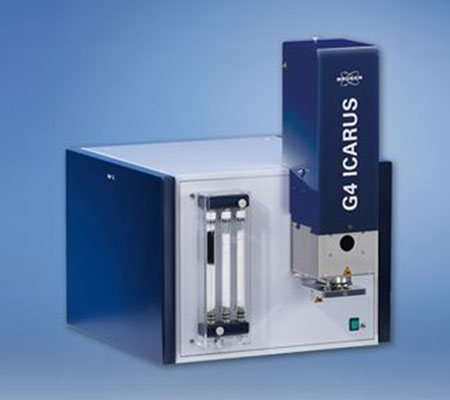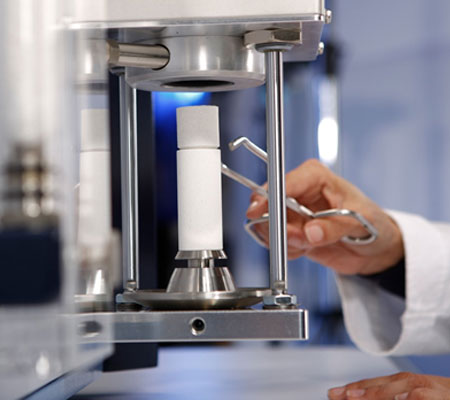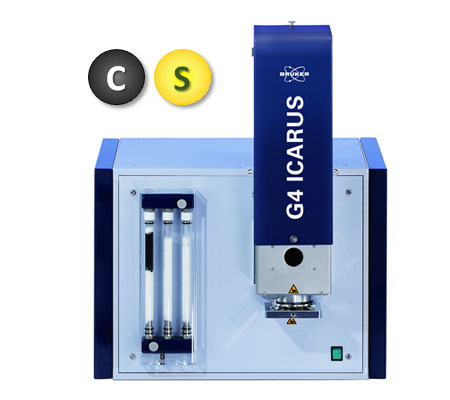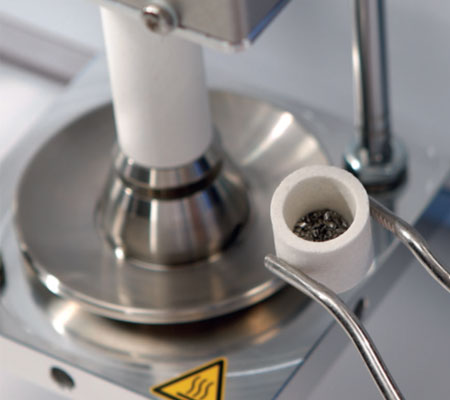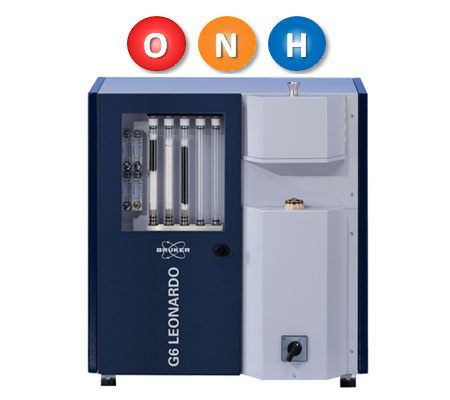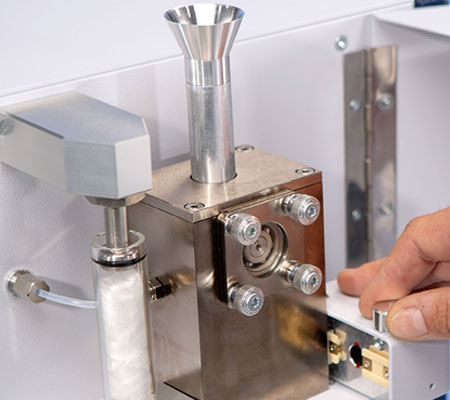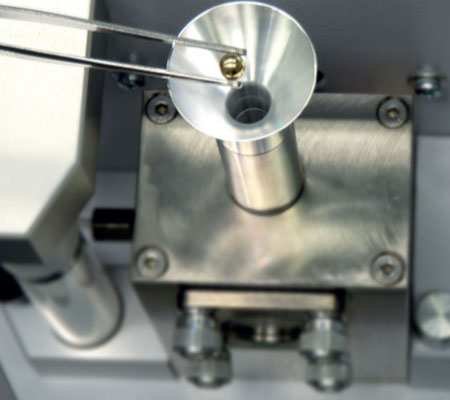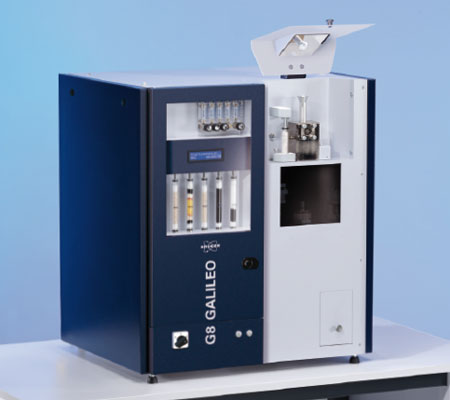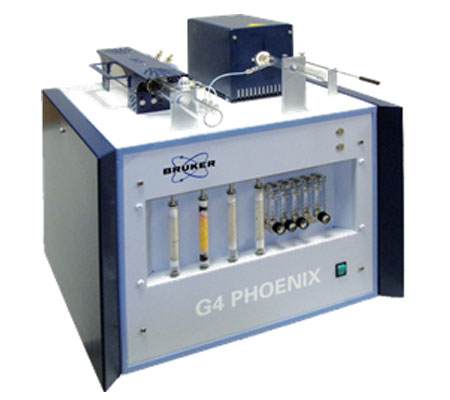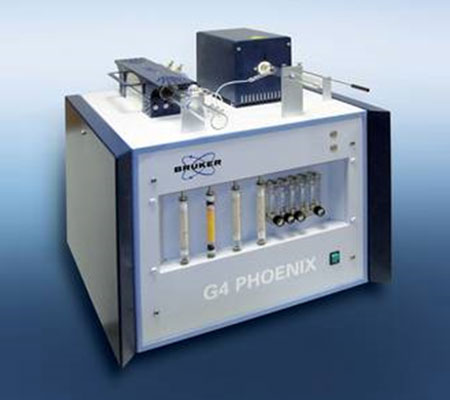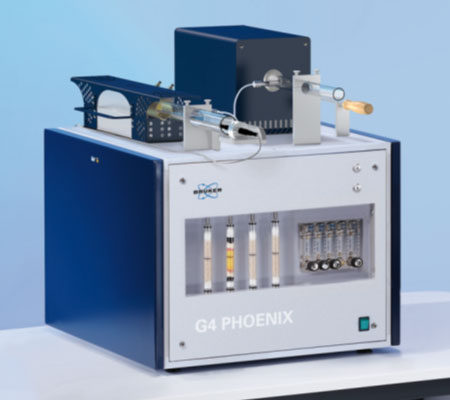G4 ICARUS Series 2
Carbon and Sulfur by Combustion
Superior gas flow: Instant removal of combustion gases without further dilution for fast and clean analysis
Eliminating splatters and minimizing dust for maximal productivity, component lifetime and analytical quality
Vacuum- and noise-free dust removal system integrated into the combustion zone
The new HighSenseTM platform comes with a dedicated reference channel to eliminate drifts and provide utmost baseline and calibration stability. The measuring cell is equipped with an inert coating to avoid “carry-over” effects and corrosion. The result is a SO2 detector that outperforms the NDIR technique in every aspect.

